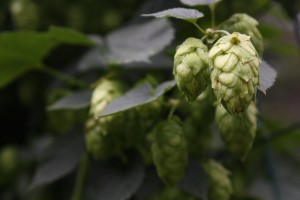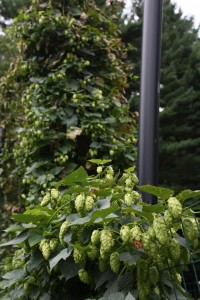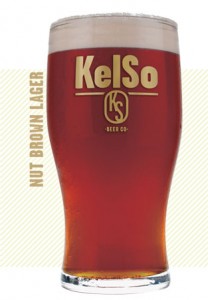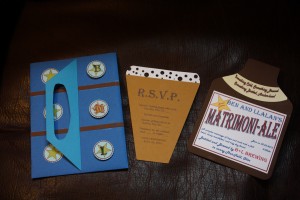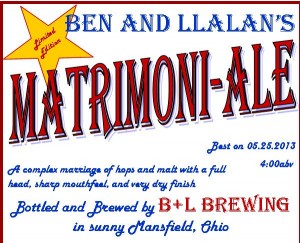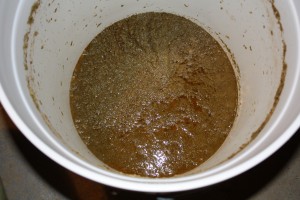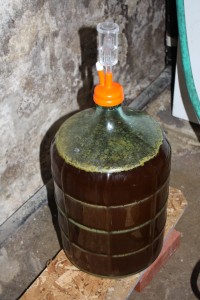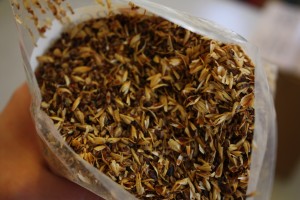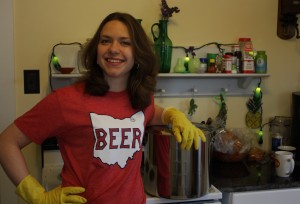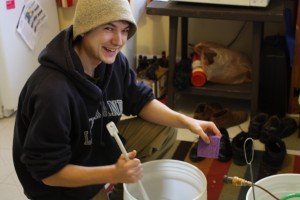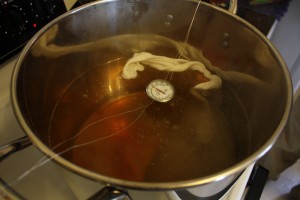
A kind stranger named Jake took this picture of us during the Wilco set. His wife (lower left) kind of dogged his photography skills beforehand, but I think it turned out quite well.
|
Shannon says… |
Jason says… |
|
| The kale, feta and parmesan mac and cheese from Dan’s Gourmet was incredibly flavorful, and it gave me the energy to walk back to the campsite late at night. |
Best thing I ate all weekend |
The Amish donut. Duh. But, yeah, that mac and cheese was sick. |
| The David Lynch coffee that I got for free at the screening of his meditation documentary was really good: very nutty tasting with dried fruit at the end. Perfect cup for a misty Tennessee morning. |
Best coffee to be found |
We switched from regular coffee to the iced version. I suppose this sullies the purity of the comparison, but it was something like 90 degrees. So I will just have to accept the sullying. Nashville’s Frothy Monkey sold us black iced coffee that was delicious: dark, thick-tasting, and spicy on a level usually reserved for coffees with a sharp bite, which this coffee did not have. Excellent festival coffee for those people who are into coffee like other people are into homebrewed beer. |
| The dancing of the man in the Taco Supply booth was so earnest and passionate that I ordered a veggie taco even though I wasn’t hungry. |
Most endearing food vendor |
The ladies out in Tent City blasting “Misty Mountain Hop.” I didn’t eat their food, don’t even recall what they were selling, but by Saturday it was about time I heard some cranked Zeppelin. |
| I loved those hefeweizens in the summer heat, especially the banana-y one from Yazoo and the orange-y Razor Wit from Highland. |
Tastiest beer on tap |
Terrapin Maggie’s Peach Farmhouse Ale out of Athens. Super peachy without being sweet, super smooth without being light, super refreshing, even for this IPA man. Continue reading |


